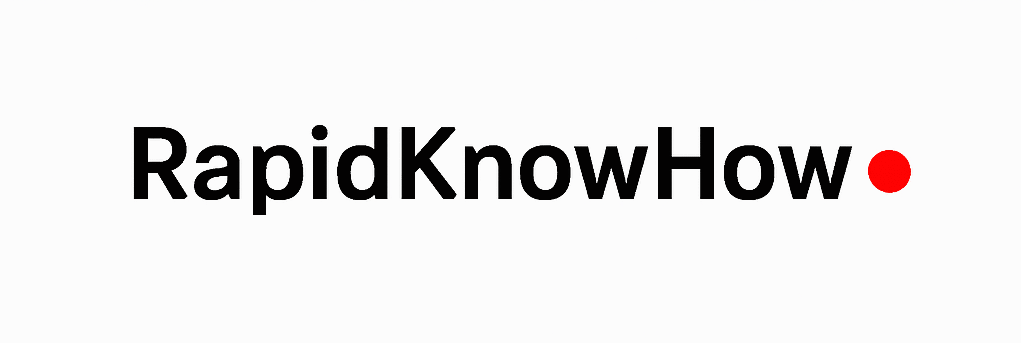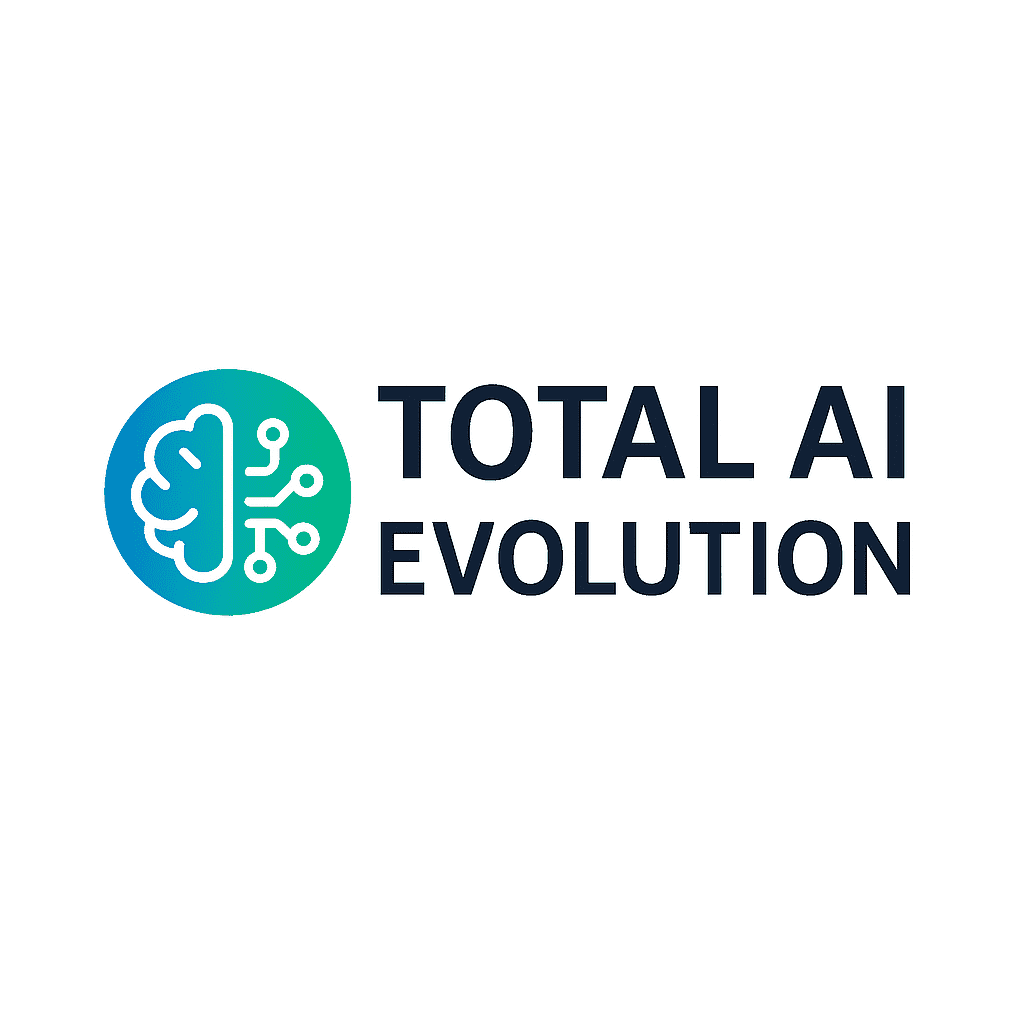RapidKnowHow + ChatGPT | From Compliance to Intelligent, Regenerative Systems
1. The Age of Transition (2020 – 2025): From Reporting to Action
Between 2020 and 2025, sustainability became a corporate and political mantra, driven by ESG regulations, SDGs, and investor pressure.
Companies began collecting data for ESG compliance, but most initiatives were reactive — focused on reporting, not results.
Core limitations:
- Fragmented metrics, greenwashing risks.
- Linear supply chains still extractive.
- Lack of AI integration in sustainability strategy.
Winners: Companies integrating AI into energy and emission tracking (e.g., Siemens, Microsoft, Schneider).
Laggards: Those treating ESG as PR rather than performance.
2. The Age of Transformation (2025 – 2028): From Action to Intelligent Ecosystems
Sustainability moves from compliance to strategic value creation.
AI becomes the catalyst for measurable impact, optimizing resource use, waste reduction, and energy efficiency across entire ecosystems.
The STVE Formula defines the transformation:
(Human Leadership + AI Leadership) × Licensed Partners = Sustained Value Ecosystem
RapidKnowHow establishes the Sustainability-as-a-Service (SaaS) model — combining AI analytics, ethical governance, and licensing platforms for industry-wide transformation.
Transformation milestones:
- Full integration of AI into energy management and circular production.
- Carbon dashboards replace static ESG reports.
- Partners co-create regional sustainability hubs through licensing.
3. The Age of Intelligence (2028 – 2030): From Ecosystems to Regenerative Systems
By 2030, sustainability transcends compliance — it becomes autonomous and regenerative.
AI continuously measures, predicts, and balances environmental, social, and economic systems.
Carbon, water, and energy cycles operate in real-time equilibrium.
Core pillars of the intelligent sustainability system:
- Predictive Sustainability Intelligence – AI anticipates environmental risks.
- Circular Value Loops – waste and emissions repurposed as new resources.
- Regenerative Industry Models – manufacturing and logistics create net-positive impact.
- Citizen Co-Ownership – people earn from sustainable participation (data, actions).
- Transparent Governance – AI ethics and audit systems ensure accountability.
The world shifts from minimizing harm to maximizing renewal — from sustainability to thrivability.
4. Strategic Levers of the AI–Sustainability Evolution
| Lever | Description | 2030 Target | RapidKnowHow Application |
|---|---|---|---|
| 1. AI Impact Intelligence | Predicts and manages ESG outcomes | Zero waste, zero delay | RapidKnowHow Impact Engine |
| 2. Circular Economy Networks | Connects industries in closed loops | 100% resource reuse | Circular Value Platform |
| 3. Carbon Transparency | Real-time tracking of emissions & offsets | Net-zero verified | CarbonFlow Dashboard |
| 4. Sustainable Financing | AI allocates green investments | 80% of capital in ESG+AI projects | RapidFinance Green Fund |
| 5. Sustainability ROICE | Return on Innovation, Convenience & Efficiency | ROICE ≥ 90 | Sustainability Performance Dashboard |
5. Vision 2030: The Intelligent Sustainability Ecosystem
“Sustainability 2030 means designing systems that restore more than they consume — powered by human ethics and AI intelligence.”
AI Core: Predicts and balances planetary systems.
Human Core: Defines purpose, justice, and long-term stewardship.
Partner Core: Builds regenerative value networks via licensed collaboration.
Formula 2030:
TAIS = (Human Purpose × AI Intelligence × Regenerative Impact) ÷ Time
Sustainability becomes not a goal — but the operating logic of civilization.
6. RapidKnowHow 5-Step Action Model
- Define Purpose — move from minimizing impact to maximizing regeneration.
- Build Ecosystem — link industries, communities, and data flows.
- License Regenerative Models — deploy SaaS PowerBooks and PowerLicenses.
- Automate Impact Tracking — implement AI-powered dashboards.
- Govern Ethically — apply transparent metrics and open data audits.
7. Power Statement
“2030 belongs to leaders who make sustainability measurable, profitable, and regenerative — using AI not just to save the planet, but to let it thrive.”
8. Brand Signature
RapidKnowHow + ChatGPT | All Rights Reserved | 2030 Series
Title: Total AI–Sustainability Evolution 2030
Formats: PowerReport · PowerPoster · PowerLicense



